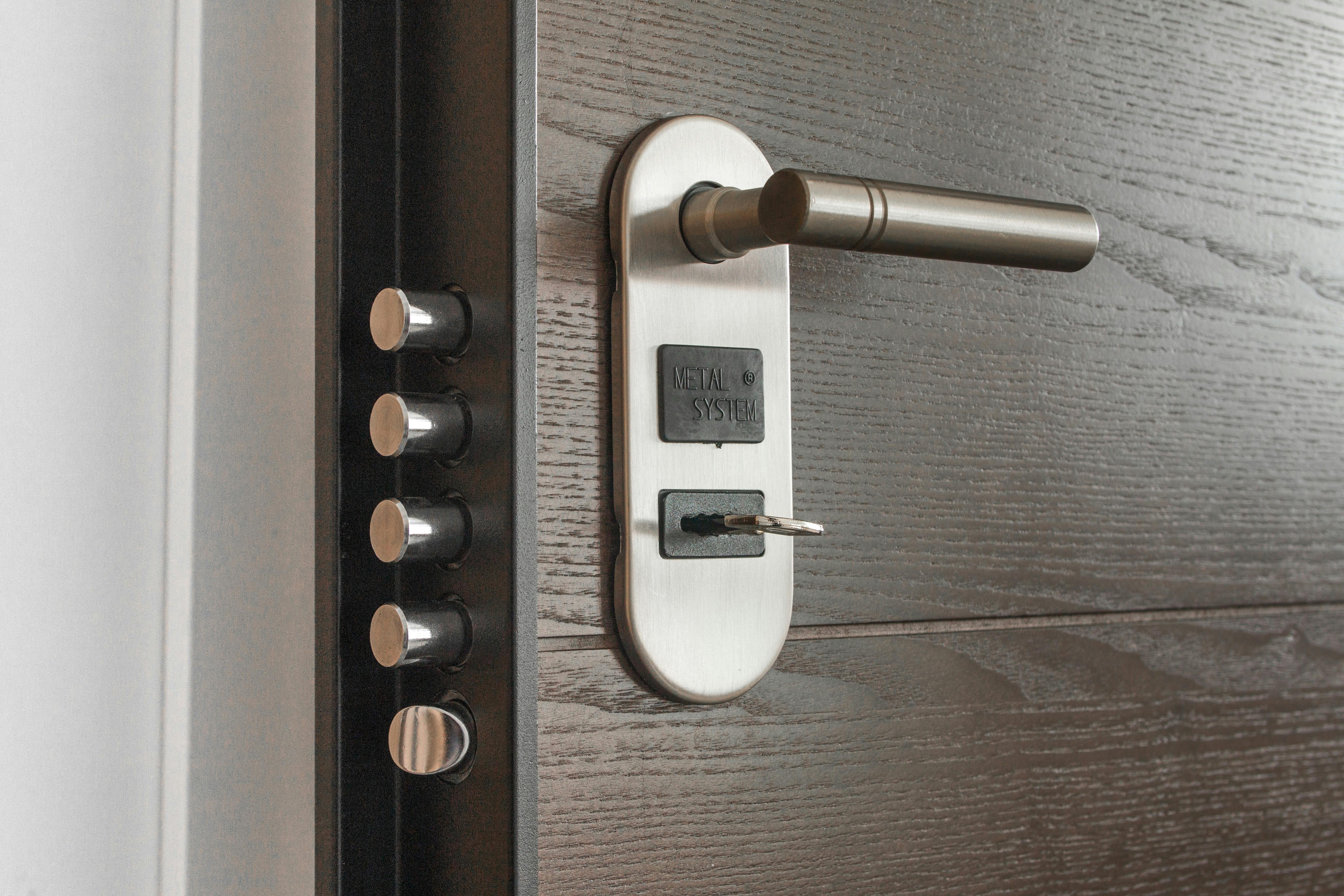Have you ever found yourself feeling a bit nervous or unsure while riding your scooter in traffic? If so, you’re not alone. Many scooter riders face similar challenges when navigating busy streets and roads. But fear not! There are essential defensive riding techniques that can help keep you safe and confident on your scooter. In this article, we’ll explore some valuable strategies to enhance your riding skills and protect yourself while out on the road.

This image is property of images.pexels.com.
Check out our product reviews!
Importance of Defensive Riding
When you’re out on the road on your scooter, it’s crucial to remember that you’re sharing the space with other vehicles. Defensive riding techniques can help you anticipate potential hazards and react accordingly to ensure your safety. By being proactive and vigilant, you can reduce the risk of accidents and stay in control of your scooter at all times.
It’s All About Awareness
Being aware of your surroundings is key to defensive riding. Pay attention to the traffic around you, including cars, trucks, bicycles, and pedestrians. Anticipate the movements of other road users and be prepared to react quickly if needed. By staying alert and focused, you can avoid potential dangers and make informed decisions while riding your scooter.
Defensive Riding Techniques
Now that you understand the importance of defensive riding, it’s time to delve into some specific techniques that can help you ride safely and confidently. These strategies are designed to enhance your skills and increase your visibility on the road, making your scooter journeys more secure and enjoyable.
Maintain a Safe Following Distance
One of the most critical defensive riding techniques is maintaining a safe following distance from the vehicle in front of you. This gives you more time to react if the vehicle suddenly stops or slows down, reducing the risk of a rear-end collision. As a general rule, keep at least three seconds of distance between your scooter and the vehicle ahead.
Use Your Mirrors
Your mirrors are valuable tools for maintaining awareness of your surroundings while riding. Check your mirrors regularly to monitor the movements of vehicles behind you and beside you. This can help you anticipate lane changes, turns, and other maneuvers by other road users, allowing you to adjust your position on the road accordingly.
Signal Your Intentions
Communicating your intentions to other road users is crucial for defensive riding. Use your turn signals to indicate when you’re changing lanes, turning, or stopping. This alerts other drivers and pedestrians to your movements, reducing the risk of confusion or sudden maneuvers that can lead to accidents. Remember, signaling is not just a courtesy – it’s a safety measure that can prevent collisions and keep you and others safe on the road.
Be Visible
Visibility is key to staying safe while riding your scooter. Wear bright, reflective clothing and gear to make yourself more visible to other road users, especially in low-light conditions or bad weather. Consider adding reflective stickers or strips to your scooter to enhance its visibility from all angles. Being easily seen by others can help prevent accidents and ensure that you’re noticed on the road.

This image is property of images.pexels.com.
Check out our product reviews!
Handling Intersections
Intersections are high-risk areas for scooter riders, as they involve the convergence of multiple lanes and directions of traffic. To navigate intersections safely, it’s essential to apply specific defensive riding techniques that can help you avoid collisions and stay in control of your scooter.
Position Yourself Strategically
When approaching an intersection, position yourself in the lane to optimize your visibility and assert your presence on the road. Stay in the center of your lane to make yourself more visible to other vehicles, especially when turning left or right. Avoid riding too close to the curb or parked cars, as this can increase the risk of getting cut off or side-swiped by other vehicles.
Look Both Ways
Before entering an intersection, always look both ways to check for oncoming traffic, pedestrians, and cyclists. Scan for any potential hazards, including vehicles running red lights, pedestrians crossing illegally, or cyclists riding in the wrong direction. Take your time to assess the situation and proceed with caution, ensuring that the intersection is clear before proceeding.
Be Prepared to Stop
As you approach an intersection, be prepared to stop if necessary. Slow down and remain alert for any sudden changes in traffic flow or road conditions. Keep your hands on the brakes and be ready to react quickly to any potential hazards. By maintaining a cautious approach, you can reduce the risk of accidents and stay safe while navigating intersections on your scooter.
Dealing with Aggressive Drivers
Encountering aggressive drivers on the road is a common concern for scooter riders. While it can be intimidating, knowing how to respond effectively to aggressive behavior can help you stay safe and maintain control of the situation. By practicing defensive riding techniques and staying calm under pressure, you can protect yourself from aggressive drivers and ensure a smooth and stress-free ride.
Stay Calm
When faced with an aggressive driver, the most important thing is to stay calm and composed. Avoid escalating the situation by retaliating or engaging in confrontational behavior. Instead, take a deep breath, remain focused on your safety, and avoid making eye contact with the aggressive driver. By staying calm, you can maintain control of the situation and prevent it from escalating further.
Avoid Confrontation
Confronting an aggressive driver can lead to dangerous and potentially violent situations on the road. It’s best to avoid engaging with the driver verbally or making gestures that could provoke further aggression. Instead, focus on de-escalating the situation by moving away from the aggressive driver and finding a safe place to pull over if necessary. Remember, your safety is the top priority, and it’s always better to take evasive action than to engage in confrontations with other road users.
Report Aggressive Behavior
If you encounter a driver exhibiting aggressive behavior on the road, it’s essential to report them to the authorities. Note the license plate number, make and model of the vehicle, and any specific details about the driver’s behavior that could help identify them. Contact the local police department or highway patrol to file a report and provide them with the necessary information. Reporting aggressive drivers can help prevent future incidents and ensure the safety of all road users.

This image is property of images.pexels.com.
Adapting to Changing Conditions
As a scooter rider, you must be prepared to adapt to changing road conditions and weather patterns to ensure your safety and well-being. By staying alert and responsive to the environment around you, you can navigate through various challenges and obstacles with confidence and ease.
Watch Out for Hazards
Road hazards such as potholes, debris, oil spills, and uneven surfaces can pose a threat to scooter riders. Be on the lookout for these hazards and adjust your speed and position on the road accordingly. Slow down when approaching potential hazards and give yourself enough time to react and avoid them. By staying vigilant, you can prevent accidents and maintain control of your scooter on different road surfaces.
Mind the Weather
Weather conditions can have a significant impact on your riding experience and safety. Rain, snow, wind, and fog can reduce visibility, increase stopping distances, and affect your scooter’s traction on the road. Be mindful of the weather forecast before heading out on your scooter and dress appropriately for the conditions. Adjust your speed and riding style to match the weather conditions, and always ride with caution to prevent accidents and stay safe on the road.
Be Patient
Patience is a vital trait for scooter riders when dealing with traffic congestion, construction zones, and other delays on the road. Avoid rushing or taking unnecessary risks to save time, as this can lead to accidents and endanger your safety. Maintain a positive attitude and a patient approach to riding, allowing for extra time in your schedule to accommodate unexpected delays or road closures. By staying patient, you can reduce stress and enjoy a more relaxed and enjoyable riding experience.
Conclusion
By incorporating essential defensive riding techniques into your scooter journeys, you can enhance your skills, boost your confidence, and stay safe on the road. Remember to maintain awareness of your surroundings, use your mirrors effectively, signal your intentions to others, and be visible to ensure your safety and well-being while riding. Practice defensive riding strategies consistently, adapt to changing conditions, and stay calm when faced with aggressive drivers to protect yourself and others while out on the road. Ride smart, stay safe, and enjoy the freedom and excitement of exploring the world on your scooter!